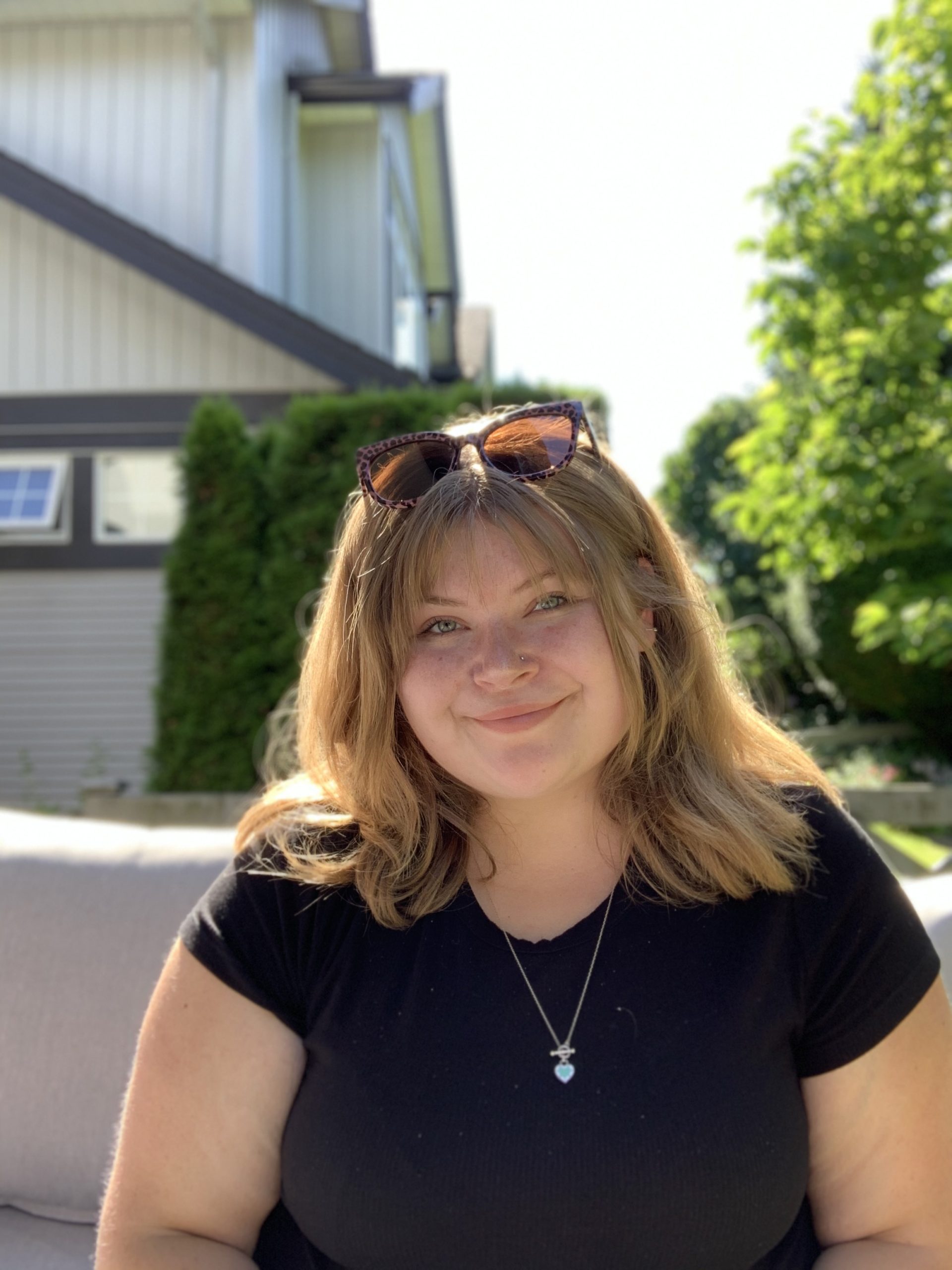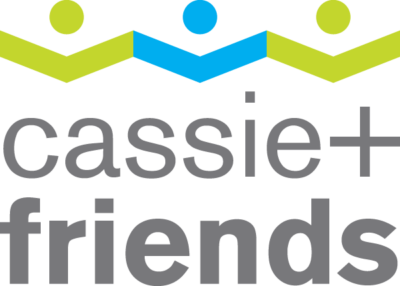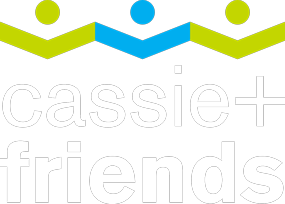Hello, my name is Grace Parker Palidwor.
I was diagnosed with juvenile idiopathic arthritis when I was 18 months old. In the first few years of my diagnosis, I don’t remember much except that I believed that every child was exactly like me. I believed that all my friends woke up with stiff joints in the mornings, or it hurt them to run, walk, climb, and bend. I also believed all my friends traveled to the “fancy doctor’s office” a.k.a. BC Children’s Hospital in Vancouver.
Years later, when I had another flare-up at nine years old, I realized that I was different and other kids did not share the same experiences. I struggled a lot to come to terms that I had a disability. I had to cut down on most of the activities I loved. Arthritis felt like a huge burden I could never get over. Eventually, I decided that I did not want arthritis to define me, it was a part of me of course, but I was so much more. In fact, I was artistic, a lacrosse player, a friend, and a big sister. I had to change my outlook at a very young age, to view arthritis as something special so I can have fun and make the most of it.

Navigating JA at School
So, I enjoyed not having to sit on the hard, wooden floor of the gym during assemblies. I was able to find a different activity while my other classmates ran during gym and I took my special walks to the teacher’s lounge to grab my ice packs. All of these activities were advocated by me, for me. Having arthritis taught me how to speak up for my needs and gave me confidence in talking about my disease.

Now, this was not easy at first, but with help from my parents and teachers, it got easier. At the beginning of each school year, my parents would either send a note or talk to my teacher in person about my arthritis. They always mentioned that I have good days and bad days. This allowed me to have an open line of communication with my teachers because if I was having a bad day, I would talk to my teacher and tell them exactly what I needed. Again, in the beginning, this was not easy. I was scared. But practice really makes perfect!
Soon enough, I had no problem with talking about my arthritis with my teachers, and with my classmates. This confidence made me want to educate my friends, classmates, and teachers all about arthritis to hopefully help other kids with invisible illnesses. So at my school’s annual speech festival, I wrote about juvenile arthritis and its impacts, and afterward, kids at my school came up to me and talked about their own experiences too.
Reflecting Back & Looking Forward
Living with an autoimmune disease is not a walk in the park, but in turn, I am almost grateful for the positives it has brought me. I learned the skills of advocating for myself from an early age, and it made me the confident and open person I am today. I have no problem with speaking up for my own needs, and the needs of others. I am now 20 years old and pursuing a degree in psychology to hopefully become a registered clinical counselor, to one day help others find their own voice.
Visit Cassie + Friends School Toolkit to access school resources, checklists and accommodations for navigating elementary, secondary and post-secondary school with rheumatic disease.
Are you interested in sharing your rheumatic disease story as a patient, sibling, parent, teacher or friend? Email Kelly@cassieandfriends.ca for details.





Leave A Comment